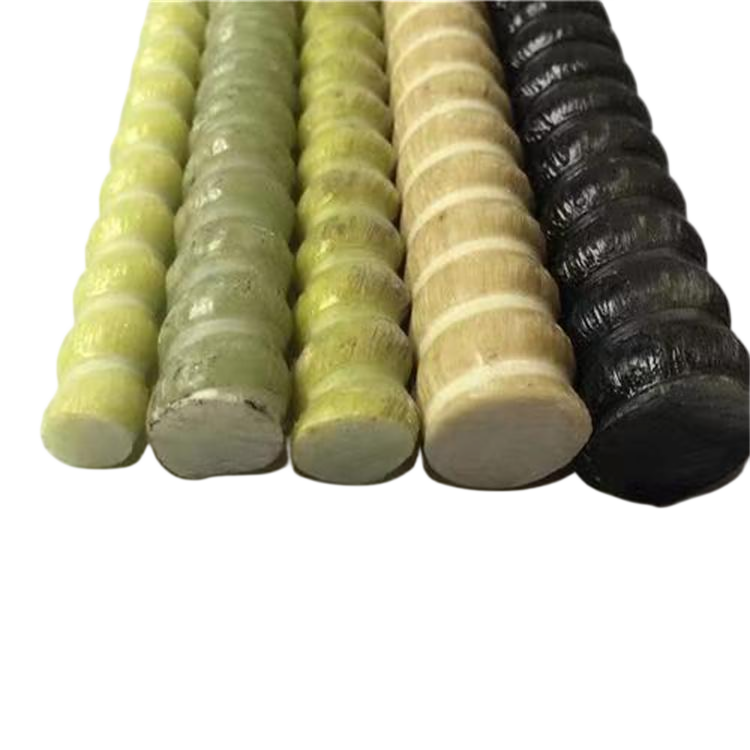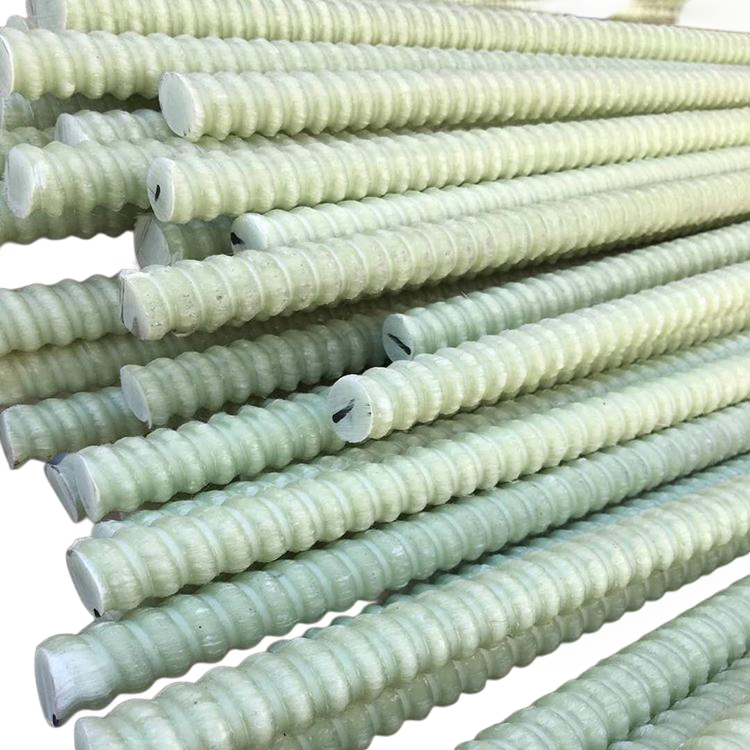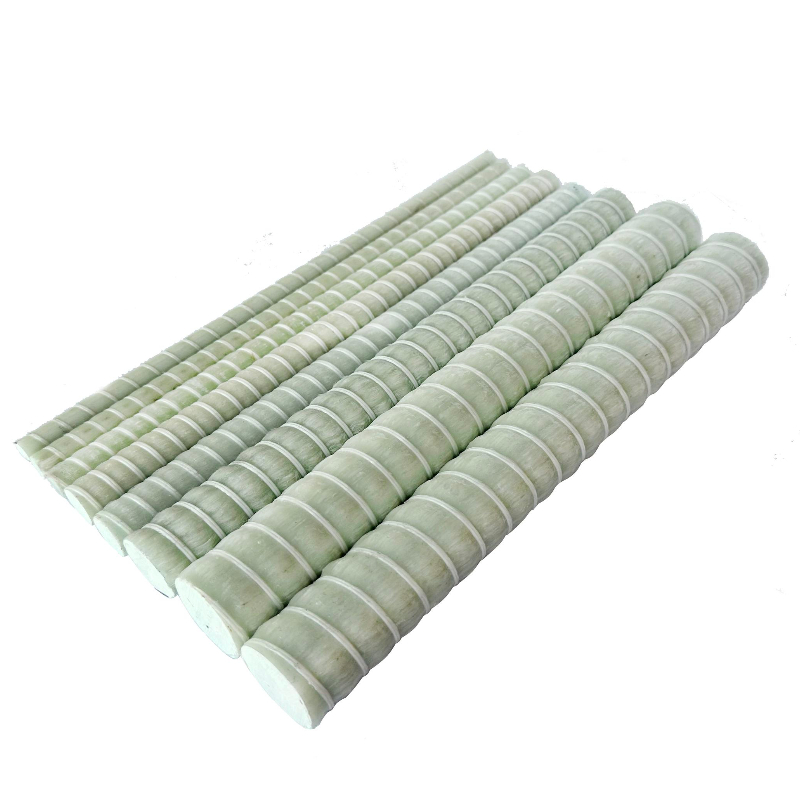Reinforced concrete has been a staple in the construction industry for decades, providing the strength and durability needed for a wide range of structures. However, the traditional steel rebar used in these applications has some inherent limitations, such as susceptibility to corrosion and a relatively high environmental impact during production.
In recent years, a new type of reinforcement material has emerged as a viable alternative to steel rebar: glass fiber reinforced polymer (GFRP) rebar. This innovative material offers several advantages over traditional steel rebar, making it an increasingly popular choice among engineers and construction professionals.
In this article, we will explore the benefits of GFRP rebar, its applications, and how to maximize its potential in various construction projects.
What is GFRP rebar?
GFRP rebar, also known as glass fiber composite bars, is a type of reinforcement material made from a composite of glass fibers and resin. This composite material is created by combining glass fibers, which provide strength, with a polymer resin, which binds the fibers together and provides additional durability.
The resulting material is lightweight, corrosion-resistant, and highly durable, making it an ideal alternative to traditional steel rebar for a wide range of construction applications.
Benefits of GFRP rebar
Corrosion resistance
One of the most significant advantages of GFRP rebar is its resistance to corrosion. Unlike steel rebar, which can rust and deteriorate over time when exposed to moisture and other environmental factors, GFRP rebar is highly resistant to corrosion.
This means that structures reinforced with GFRP rebar are less likely to suffer from the damaging effects of corrosion, extending the lifespan of the structure and reducing maintenance costs.
Lightweight and easy to handle
GFRP rebar is significantly lighter than steel rebar, making it easier to transport, handle, and install. This can reduce labor costs and make the construction process more efficient.
High tensile strength
GFRP rebar has a high tensile strength, which means it can withstand significant stress and strain without breaking or deforming. This makes it an excellent choice for applications where high strength is required, such as in seismic zones or areas with heavy loads.
Non-magnetic and non-conductive
GFRP rebar is non-magnetic and non-conductive, making it an ideal choice for applications where electromagnetic interference or electrical conductivity could be a concern, such as in tunnels, bridges, or structures housing sensitive electronic equipment.
Reduced environmental impact
The production of GFRP rebar has a lower environmental impact compared to traditional steel rebar. The manufacturing process requires less energy and produces fewer greenhouse gas emissions, making GFRP rebar a more sustainable choice for environmentally conscious construction projects.
Applications of GFRP rebar
GFRP rebar is suitable for a wide range of construction applications, including:
Bridges
Tunnels
Parking garages
Coastal and marine structures
Industrial facilities
Water treatment plants
Seismic retrofitting
Highway and airport infrastructure
How to maximize the benefits of GFRP rebar in projects
To fully realize the benefits of GFRP rebar in construction projects, it is essential to follow best practices during the design, material selection, and installation phases.
Design considerations
When designing a structure that will use GFRP rebar, it is important to consider the specific properties of this material and how they will affect the performance of the structure. This includes factors such as the tensile strength, bond strength, and load distribution.
Working with experienced engineers and architects who are familiar with GFRP rebar can help ensure that the structure is designed to maximize the benefits of this material.
Material selection
Not all GFRP rebar is created equal, and the quality of the material can vary significantly between manufacturers. It is crucial to select GFRP rebar that meets the necessary industry standards and specifications for the specific application.
Working with a reputable supplier who can provide documentation and certification of the material’s properties is essential to ensuring the rebar will perform as expected.
Installation techniques
The installation of GFRP rebar requires some adjustments compared to traditional steel rebar. Proper handling, cutting, and splicing techniques should be followed to ensure the integrity of the material is maintained.
Using the appropriate tools and techniques, such as diamond saw blades for cutting and epoxy adhesive for splicing, can help ensure a successful installation.
Quality control
Implementing a thorough quality control process during the construction phase is essential to ensuring the GFRP rebar is installed correctly and will perform as intended. This includes inspecting the rebar for damage before installation, verifying the proper placement and spacing, and conducting pull-out tests to confirm the bond strength.
Training and education
Providing training and education to the construction team on the proper handling, installation, and maintenance of GFRP rebar is crucial to maximizing its benefits. This can include workshops, training sessions, and providing access to resources and documentation on best practices.
Conclusion
GFRP rebar offers a range of benefits over traditional steel rebar, including corrosion resistance, lightweight construction, high tensile strength, and reduced environmental impact. By following best practices during the design, material selection, and installation phases, construction professionals can maximize the potential of GFRP rebar in their projects.
As the construction industry continues to evolve and prioritize sustainability and durability, GFRP rebar is poised to play an increasingly important role in the future of construction.




























